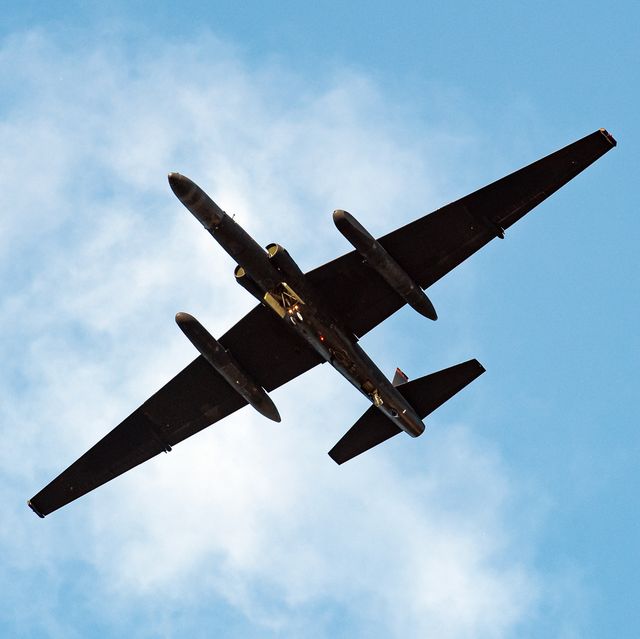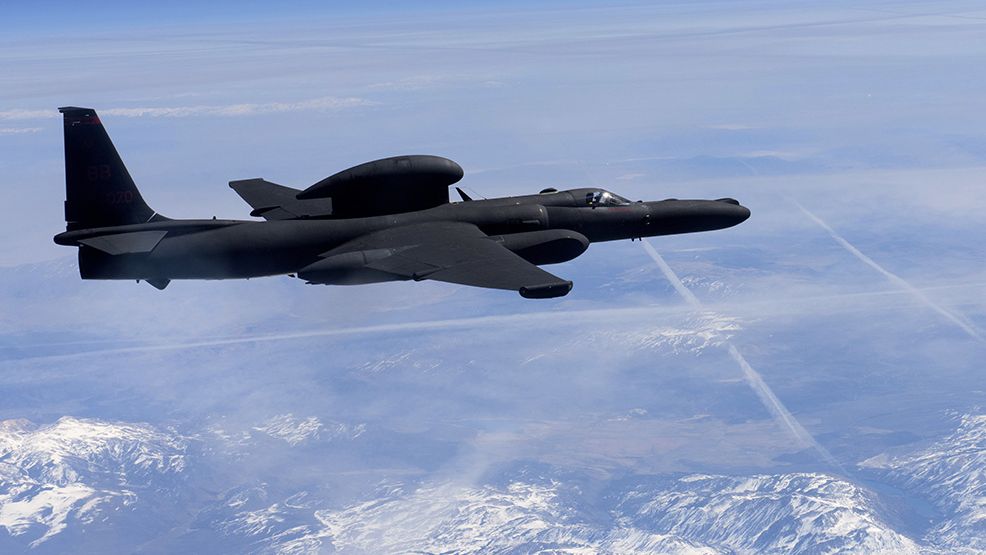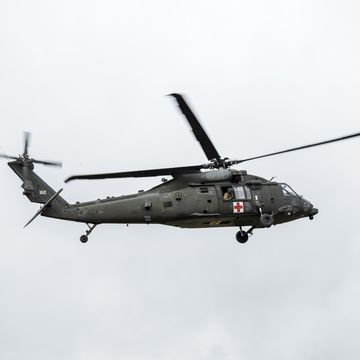The U.S. Air Force may be ditching its aging U-2 spy plane in favor of a mysterious drone.
The U-2 is heading for retirement by 2026 due to budget concerns, according to a new report. While no replacement for the iconic U-2 Dragon Lady has officially been named, one likely candidate is the classified Northrop Grumman RQ-180 stealth drone, about which little is known.
The Air Force recently released its latest budget proposal, which includes plans to cut 310 aircraft, but notably does not mention the U-2. However, Aviation Week reported that the Dragon Lady is on the way out due to cost considerations. The service also plans to get rid of its remaining RQ-4 Global Hawk drones.
The RQ-180 reportedly looks similar to the flying wing shape of the B-2 stealth bomber, which Northrop Grumman also built. The 172-foot-long drone is supposedly fully operational at Beale Air Force Base in Northern California.
Still Flying, with Upgrades
The Air Force currently has 27 U-2 frames, even though they’re showing their age. The U.S. first developed the reconnaissance aircraft in the 1950s. It’s capable of flying at extremely high altitudes, up to 70,000 feet, which allows it to gather intelligence without being detected by ground-based radar.
The U-2 has undergone several upgrades and modernizations over the years, including the installation of new avionics, like digital displays and improved radar, which have made the aircraft more reliable and easier to operate. It’s also gotten upgraded sensors, including electro-optical and infrared sensors, which have improved the aircraft's ability to collect intelligence.
The U-2 has been used in a number of conflicts and missions, including during the Cold War, the Cuban Missile Crisis, and in Iraq and Afghanistan. The Dragon Lady was used to gather intelligence on a Chinese spy balloon that recently floated over the U.S.
Unmanned Aviation
The RQ-180 drone that may replace the U-2 is one of many uncrewed aircraft that are beefing up militaries around the world. Ukrainian forces use a variety of drones, including Bayraktar TB2, Turkish-made models purchased by Ukraine in 2019, and the domestically produced Leleka-100 drone. Ukraine has also used Israeli-made drones, such as the IAI Searcher and the Elbit Systems Hermes 450.
A U.S. MQ-9 drone made headlines earlier this week when it collided with a Russian jet. Pentagon officials say the Reaper was destroyed due to the reckless actions of the Russian pilot.
The Air Force is testing next-generation UAVs, such as the XQ-58A Valkyrie, an uncrewed combat aerial vehicle (UCAV) designed to fly alongside human-crewed aircraft and support strike missions. The service plans to develop swarms of affordable drones, at least some of which could be guided using artificial intelligence.

Sascha Brodsky, a freelance journalist based in New York City and a graduate of the Columbia University Graduate School of Journalism and Columbia's School of International and Public Affairs, writes about many aspects of technology including personal technology, AI, and virtual reality. His work has appeared in The New York Times, The Atlantic, The Guardian, and many other publications. In his spare time, he enjoys cycling and hiking.













